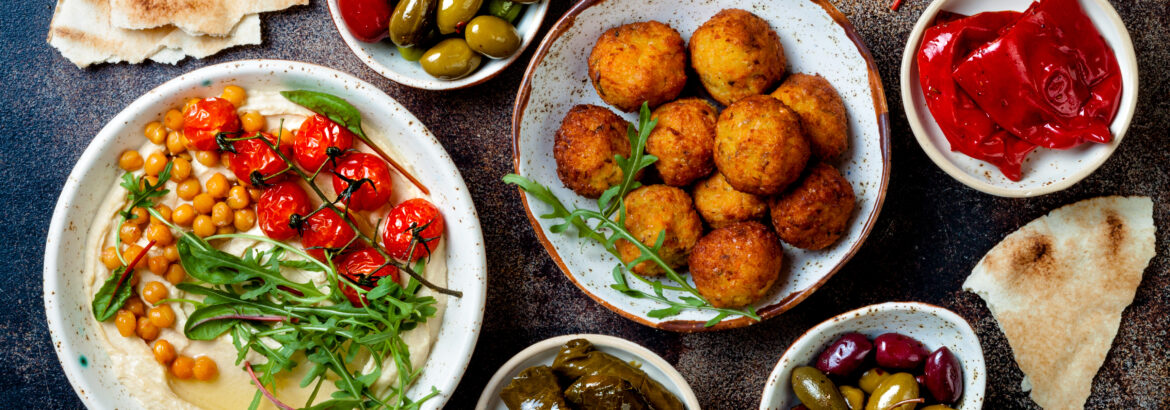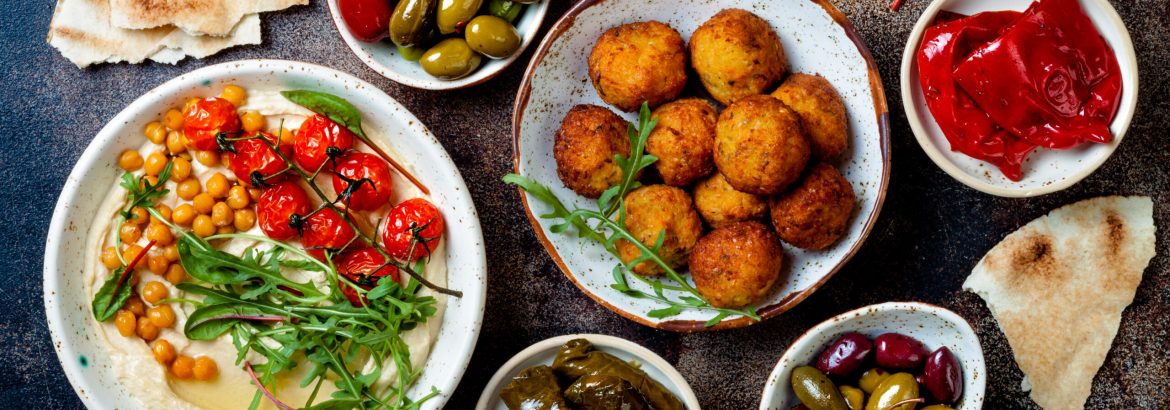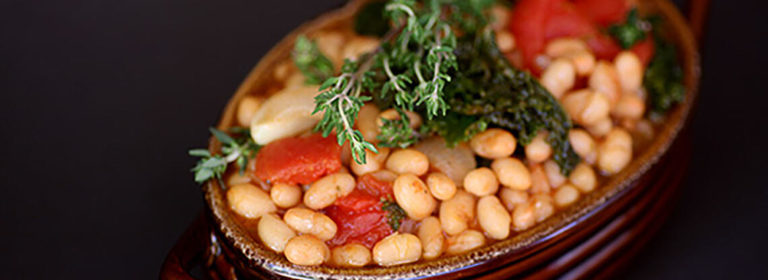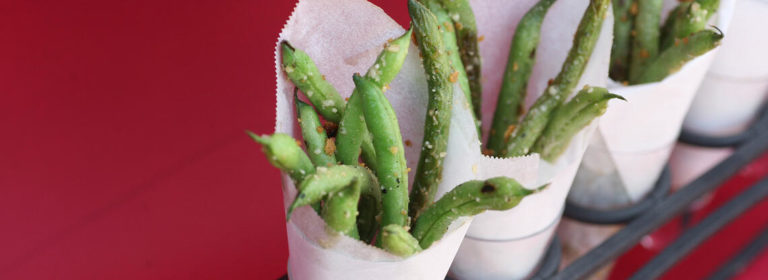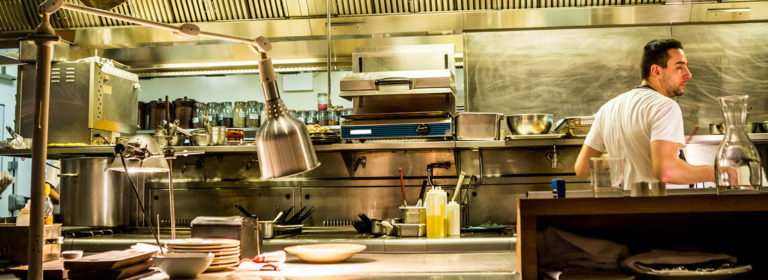Healthy, delicious, and on-trend across the globe, the foods of this region (including Syria, Lebanon, Palestine, Israel, Cyprus, Turkey, and Jordan) check multiple boxes for the many dietary wants and needs of today’s diners.
PLANT-BASED
Well-loved dishes like hummus, tabbouleh, fattoush, and muhammara are naturally meat-free and packed with nutrient-rich ingredients like legumes, cucumbers, tomatoes, peppers, and herbs.
SPICE ACCENTS
Use spice blends from this region to transform vegetables, meats, breads, and drinks for pennies per plate. Keep za’atar, baharat, dukkah, harissa, and ras-el-hanout on your radar!
MASH UPS
Marrying Levantine ingredients with other global favorites creates innovative dishes that drive buzz. Think pasta, pizza, grilled meats, salads, and stews.
